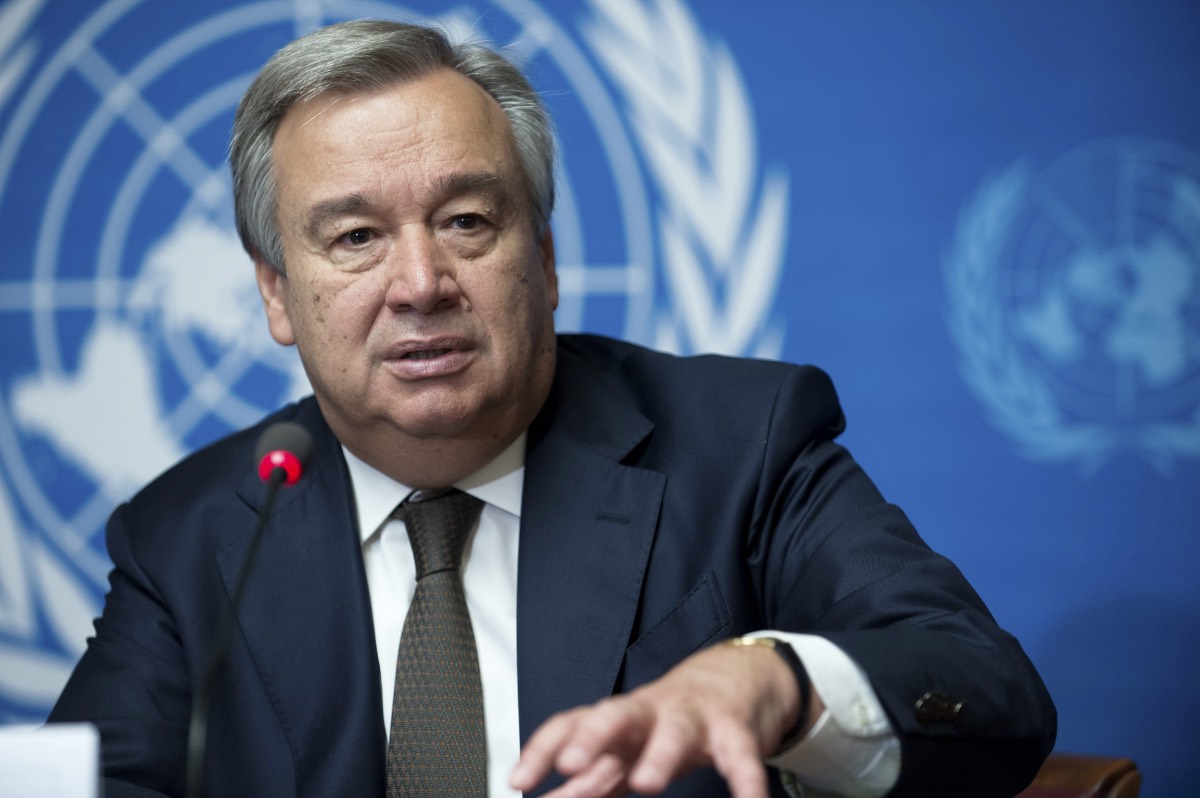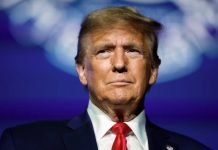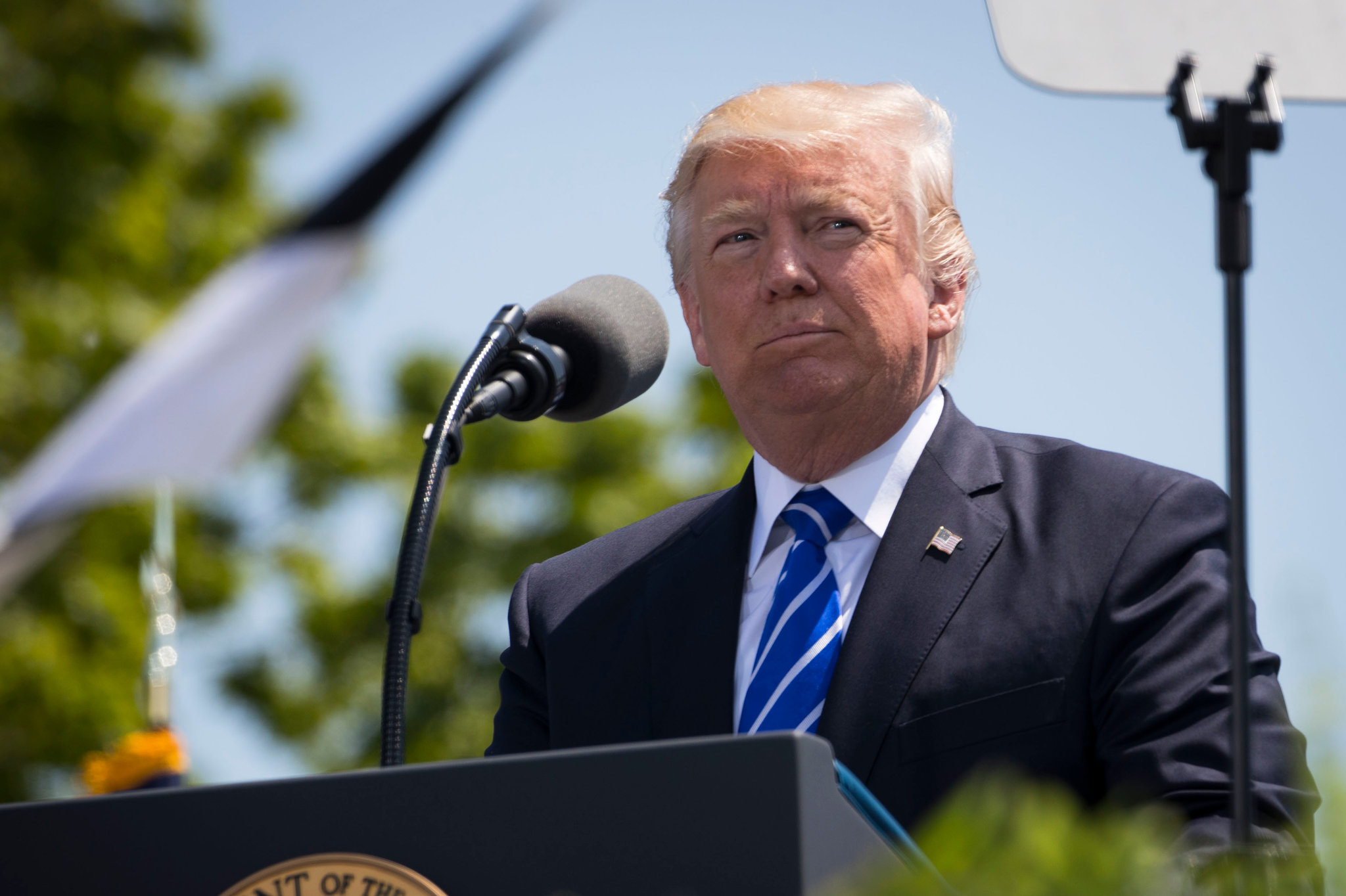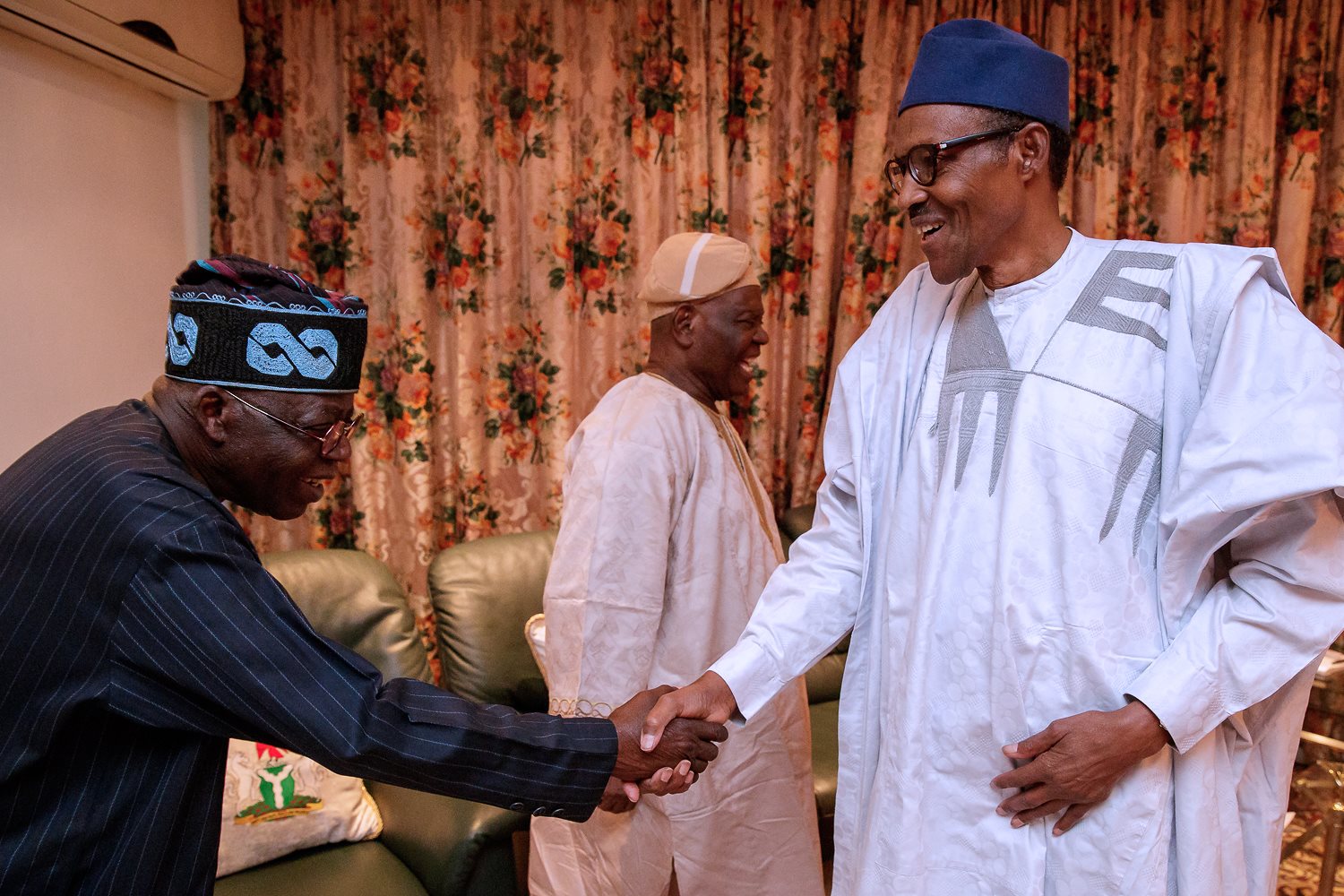
We had in the first part released yesterday highlighted the origin, hopes, aspirations, and pockets of achievement and inspirations of the United Nations -a world intergovernmental organization overseeing the international affairs of 193 independent countries and 64 trusteeship or non self-governing territories around the world.
Out of its 72 years of existence, the UN’s brightest hopes and aspirations were recorded for only one decade-1992-2002; during which it won the Nobel Peace Prize (2001). Today, the UN has tainted its Alfred Nobel Peace Award alongside that of Myanmar’s Ms Daw Aung San Suu Kyi over Rohingya’s Muslims persecution. This concluding part is grounded in statistics showing clearly that UN has lost its focus and direction and is now dangerously leading the world back to the cave-first and primitive citadel of the world’s first Homo sapiens.
Shocking statistics from various researches and their findings-nailing the UN and exposing its weaknesses and loss of control of global affairs are reeled out thus: According to the UNDP, between 1945 and 1985, a period of 40years; 22 million people were killed in 165 armed conflicts dominated by internal wars. In 1994 alone, 34 wars were waged in Africa including Rwandan Genocide that killed roughly 1million people in 100 days and 200,000 people that died in Sierra Leone civil war (1991-2002). The conflicts around the world then also generated 21 million refugees with 14million in Africa.
Further proofs of UN’s loss of its global control and leadership are scholarly exposed as follows: to Rupesinghe 1998, the 20th century (1900-2000) had witnessed two world wars and an ignominious series of civil wars, genocides and ethnocides on an unprecedented scale and the incoming 21st century offers no difference. While conflicts waged with weapons of mass destruction such as nuclear, biological and chemical weapons (i.e. in inter State conflicts) are steadily on decline, conflicts waged with small arms and light weapons (i.e. in intra State conflicts) are dangerously on the increase {with UN dangerously watching and sitting by, doing nothing}.
To Roche 2003, arms; defined as weapons responsible for inflicting injuries and used for war or any purpose intended to cause harm have recklessly and mindlessly been applied and used in intra State wars or internal conflicts which increased alarmingly and uncontrollably since the end of the Second World War in 1945, decolonization in the 60s and cold war in 1991, to the extent that out of 96 global conflicts waged between 1945 and 1996, 89 were internal conflicts.
To Dhanapala, J. (1998): the Challenges of Controlling Int’l Small Arms Transfer; quoted in PCR 873: Arms Control & Demilitarization: 2013:91(NOUN); small arms have truly become weapons of mass destruction by killing 200,000 people every year in “peaceful” or non war countries in homicides, suicides, unintentional shootings and police killings. An estimated 2 million children have been killed by small arms since 1990, and in addition to those killed, an estimated 1.5 million people are wounded by small arms each year (www.iansa.org).
Dhanapala, J. (1998) also notes that about 2 million small arms and light weapons are still in circulation in Central America, 7 million in West Africa and 10 million in Afghanistan. He further adds that small arms and light weapons are being manufactured in over 70 countries which are almost twice as many as the manufactures of other categories of weapons; and that there are at least 20 known types of pistols available in close to 200 models, which mean that 400 varieties are being manufactured; and that over 40 models of rifles are being manufactured to at least one dozen specifications, with AK-47 rifles being just one of the 500 known varieties.
Further, by a survey conducted by the Graduate Institute of International Studies, Geneva, Switzerland, cited in PCR 873: Arms Control & Demilitarization: 2013: p. 118 (NOUN); 1000 companies in 98 countries produced the 639 million small arms that are in circulation globally today with trade in illicit arms swelling this number; and the irony is that the biggest producers and traders on small arms in the world are those countries at the helm of affairs of global security, which direct all proposals for disarmament and human rights and humanitarianism yet they also counter and undermine them. These countries include the USA, Russia, China, the UK, France, Japan and Germany, etc.
Small arms and light weapons refer to weapons that can be carried by a single person, either for military, civil or criminal use. They cover a wide range of weapons like pistols, machine guns and other firearms, to grenades, portable anti tank systems and mortars, etc. Light weapons on their part are weapons that are man-portable or transportable by light vehicles; that do not require much in terms of service and logistical backup training.
They comprise small caliber canons, light support weapons, combat grenades, anti personnel mines, mortars, anti tank weapons, anti tank mines, etc. Weapons of Mass Destruction (WMD) are nuclear, radiological, chemical, biological or other weapons that can kill and bring significant harm to a large number of humans or cause great damage to human-made structures (e.g., buildings), natural structures (e.g., mountains) or the biosphere
According to Roche, D. (2003): Human Right to Peace, Ottawa: Novalis, Saint Paul University Press, in the 20th century, at least 110 million people were killed in 250 wars (with over 60million killed between 1945 and 2000), which is six times the number of war-related deaths as in the previous century. More than six million people have died in war between the end of cold war (1991) and 2003. This 21st Century does not offer many prospects for improvement. In 2001 alone, 37 armed conflicts were fought in 30 countries. Over 600 million small arms are in circulation around the world and they have been used to kill 500,000 people a year.
Roche, 2003, adds that while the then 190-Member States of United Nations had in their year 2000 Millennium Development Summit pledged to cut poverty by half by 2015 and requested for $50billion yearly to realize their set objectives; with the Member-States contributing less than a quarter of this amount; the same Member-States have between 1990 and 2003 spent over $10 trillion on armaments and their allied conflicts.
There are also a total of 650million licit and illicit small arms and light weapons presently in circulation around the world on average of a SALW for 13 persons using the 2017 world estimated population of 7.5billion people. These SALWs are produced by about, if not over 1000 companies; most of which originate from five permanent members of the UN Security Council, with USA, Russia and China topping the list. These three countries are jointly referred to as three global musketeers of arms violence.
Other leading SALWs’ producers are UK, Germany, France, Italy, Brazil, North Korea, Japan as well as the leading members of the defunct Eastern Europe and Union of Soviet Socialist Republics (former USSR). These weapons are traded licitly through inter-State channels and illicitly by profiteers of violence or arms trade syndicates through war zones and regional or international organized arms trade routes. South Africa remains the Africa’s largest producer of “arms trade middlemen”. The major international arms manufacturers and sellers referred above are also architects of international double standards: sellers of arms violence at night and makers of peace and providers of humanitarian aids and funds in the day.
Till date, the failed State of Afghanistan is the world’s most illicitly armed country with estimated 10 million illicit SALWs in circulation; on average of one illicit SALW for every four Afghans out of its 2016 estimated population of 33 million people. On the other hand, Republic of Egypt remains till date the world’s largest possessor of anti personnel landmines, estimated at 6 million with many of them laid or hidden as far back as in 1948, during Israeli-Arab War.
Nigeria, too, may have become the world’s second largest bearer of small arms and light weapons after Afghanistan; with estimated 5m-6m especially since the coming to power in June 2015 of its transmogrified military dictator/maximum ruler. The arms buildup in the country, especially at the State actor level is very alarming; recording a geometric increase as never before since the end of Nigeria-Biafra Civil War in 1970.
Nigeria may also have surpassed Republic of Angola as Africa’s second largest military spender after Republic of Algeria which spends roughly $10 billion a year on its military. Nigeria’s 2017 official budget on its security, categorized into “defense” and “interior” is N1.01 trillion or over $3 billion which roughly represents 50% of its 2017 capital budget. This amount is already over shot going by roughly $1 billion spent or being spent in arms procurement including a $593 million purchase of the Embraer EMB 314 Super Tucano war jets and allied weapons from USA; among others being sourced from other European capitals.
Nigeria’s central Government is already securing $30 billion foreign loans since 2016 and has shockingly incurred 40% of Nigeria’s total foreign debts in two years. Its local borrowings are also increasing at alarming rate. Disheartening is that large part of these loans is channeled into arms procurement and build up with social infrastructures and services in the country left in quandary. Arms buildup by non State actors in Nigeria is also increasing alarmingly; and in the event of regime collapse or failure or eruption of widespread conflict, as it is presently the case in the failed Republic of Libya where State armories have substantially fallen into the hands of aggrieved and malicious non State actors; bloodshed will not only envelope the country, but the entire world will be enveloped directly or indirectly with humanitarian tragedies of 175 million population consequences.
Globally, there are 72 active armed rebellions or internal conflicts and major violent disturbances around the world as at 2016; involving 756 armed opposition groups and other embryonic violent opposition groups, out of which Africa has 29 active armed rebellions involving 226 armed opposition groups or militia-guerrillas and other armed terrorist-organizations. There are others whose non-violent agitations are steadily and dangerously being radicalized by State coercive establishments by ways of violent crackdowns and genocidal suppressions; capable of forcing them into armed resistance or symmetric or asymmetric warfare.
Today in Africa, the Democratic Republic of Congo (DRC) has the largest number of armed opposition groups in Africa with 38, followed by Libya with 30, South Sudan 27 and Mali 20, Sudan 19 and Nigeria 18 (many of them are embryonic at the moment capable of widespread explosion or escalation). Nigeria also has estimated 50% of illicit small arms and light weapons in West Africa, out of the sub-region’s estimated 10 million illicit SALWs.
In the battered Republic of Syria and according to the United Nations and the Syrian Observatory for Human Rights; availability, affordability and use of SALWs have killed over 450,000 people who are mostly non-combatants or civilians in just six years (2011-2017) of its internal conflict. While women and children are the worst hit, the SALWs-driven conflict has also displaced over half of the population with 6.6million IDPs and 5 million refugees as at 2016. Syria’s pre civil war population was estimated at 18.5 million and according to UN, average of 34,000 persons are displaced daily in the country.
Worldly, while the number of refugees has slightly decreased from 24million in the last ten years to 21.3million in 2016, there have been spiral increases in the number of conflict infested internally displaced persons or IDPs and Stateless Persons or SPs, with the UNHCR credibly estimating the current global IDPs at 65.3million persons and Stateless Persons at 10 million persons. That is to say that the current total number of conflict infested internally and externally displaced persons is 96.6million.
Over 101,500 innocent and unarmed citizens have lost their lives outside the law in Nigeria since June 1999. The killings were mostly carried out by the State actors, such as the Nigerian Army, Nigeria Police Force, State vigilantes, Nigerian Navy, Nigerian Air Force, as well as armed opposition groups such as Islamic Boko Haram and Fulani terrorist groups. The killings did not include battle-fields related death of government and opposition combatants.
Boko Haram insurgents have also killed over 22,000 civilians since 2009 including over 14,000 Christians. In the Boko Haram Islamist insurgency in Nigeria; through use of western manufactured and supplied Small Arms & Light Weapons (SALWs) especially between 2009 and 2015, over 2.6million civilians including over 1.3million Christians were displaced or made to flee the Northeast Zone. The number of churches and Christian schools destroyed between 2009 and 2015 by Islamic Boko Haram terrorist group was put at over 13000 and 1500 respectively. These were disclosed in the 2015 special report of the Christian Open Doors International based in the United States.
Between July 2015 and September 2017, Islamist Fulani terrorists have slaughtered over 4000 mostly rural Christians with over 2000 of them killed in 2016 alone. The Nomad-Jihadists kill average of 1500 defenseless citizens in Nigeria annually. Most the slaughtered are Christians. In the past 27 months of the central Government of Muhammadu Buhari (June 2015 –September 2017), a total of over 2200 defenseless and unarmed citizens have been shot dead by security forces with over 1000 others terminally shot and wounded.
As the United Nations marks its 72nd Session of its General Assembly (19th – 25th September 2017), questions bordering our minds and souring our mouths are: what is wrong with UN at 72? Why has it chosen to continually wobble and fumble at 72? What happened to its robust principles and purposes (saving future generations from war, reaffirming human rights and establishing equal rights for all persons; in addition to promoting justice, freedom, and social progress for the peoples of all of its member States)? Why has UN refused to restructure and democratize itself particularly its Security Council? Why retaining the oligarchic and turbulent veto principle instead of democratic simple majority?
Where is UN’s famous Agenda for Peace of 1992 per Boutros-Boutros Ghali? Where are the UN’s Complex Humanitarian Emergencies’ Intervention Principles of its external Peace Support Operations designed to save and protect citizens endangered by criminal regimes and perpetrators of heinous crimes and other regime atrocities? Where are the UN and its UNDP’s Human Security Principle and its Seven Dimensions/Types of 2002? Why has the UN abandoned its early warning policy and preventive diplomacy?
What happened to the UN’s new principle of municipal Sovereignty as a Responsibility or Citizens’ Sovereignty of 1990s? Why did the UN Security Council and the General Assembly allow rogue regimes in Africa to rubbish and castrate the International Criminal Court and its hallowed criminal justice accountability? What happened to the negotiated and conceded cultural and religious practices of the Buddhists, Catholics, Pentecostals, Muslims, Hindus, Judaists and Traditionalists that led to enactment on 10th December 1948 of the Universal Declaration of Human Rights? When did the UN sweep away this freely given “new culture of UN”? This is to just ask but a few!
By Article 33(1) of Chapter VI of the UN Charter, timely and nonviolent settlement of conflict by ways of negotiation, enquiry/early warning, mediation, conciliation, arbitration, reconciliation, judicial settlement, etc are provided. By Article 24, the power to maintain int’l peace and security resides with the Security Council of the UN and by Article 2(4) of the UN Charter; States are prohibited from antagonistic use of force externally or against their populations except in self defense. Existing records show that the UN Security Council met 2,903 times between 1946 and 1986 and adopted 646 resolutions (15 per year) and 1,183 between 1990 and 1999 and adopted 638 resolutions (64 per year). We now ask: how many times have the Security Council of the UN met between 2000 and 2017; with how many resolutions and practical imparts or results?
We conclude by strongly advising the world body to sit up, turn back from its cave path and take proactive responsibility of its global duties and challenges upon which it was created 72 years (1945) ago or find itself doomed irretrievably. We also say: enough of threats of nuclear holocaust from North Korea and its co-travelers; radical religiosity or religious extremism from global radical Muslims, Christians, Hindus, Buddhists, Judaists, Pentecostals or Catholics; wicked arms race and small arms shipments and double standards including donation of tainted funds/humanitarian aids to Africa and Middle East by USA, UK, Russia, China, Japan, France, Germany, Italy, EU etc; sit-tight, tyranny and dictatorship in Africa, former Soviet bloc and Middle East; regime atrocities and persecution of Christians and Igbo People by Nigeria’s Muhammadu Buhari; regime collapses in Somalia, Libya, Afghanistan, etc; stealing and looting of public funds from Nigeria and Africa and their acceptance and midwifery by western world!!
The UN must also democratize and reform itself or face extinction. The world can no longer patiently depend on chance emergence of an astute Secretary General to be able to breathe very well and have a feeling of global peace and security; as was the case in the eras of Dag Hammarskjold (1953-1961), Javier Perez (1982-1991), Boutros Boutros-Ghali (1992-1996) and Kofi Annan (1997-2006). The immediate past era of Ban Ki-moon (2007-2016) marked the worst non cold war era secretarial leadership of the UN. As a matter of fact, the Ban Ki-moon era at the UN returned the world back to “cold war era” with alarming rates of global security threats, militarism and militarization. The rampancy of environmental insecurity and pollution reached its nadir during the Ban Ki-moon era.
The present confusions and unbearable activities at municipal, regional and international scenes of rogue regimes and their non state actor counterparts from Middle East, Africa, parts of Asia’s southeast and former Soviet bloc with their super power conspirators; tearing the world apart are allowed to happen only because of toothless status of the UN. This is more so when UN, till date, has washed off its founding “culture” or agreed, conceded, aggregated and congregated ways of its conducts; which have now given room for present institutionalized municipal primordialism and self help; regime impunities, failures and collapses as well as diplomatic gangsterism, hooliganism, antagonism, roguishness; and rampant or uncontrollable non state actor divisive tendencies, militancy and violence.
Signed:
Emeka Umeagbalasi, Board Chair
Int’l Society for Civil Liberties & the Rule of Law
Mobile Line: +2348174090052
Email: [email protected]
Ndidiamaka Bernard, Esq., LLB, BL
Head, Int’l Justice & Human Rights Program
Email: [email protected]






![The EU–Italy Axis and Its ‘Unholy’ Dealings With Nigeria’s Tinubu Regime [MUST READ] President Emmanuel Marcon of France welcomes President Bola Ahmed Tinubu to the state Banquet for the New Global Finance Pact Summit on Thursday, June 22, 2025. | State House Photo, EU](https://www.thetrentonline.com/wp-content/uploads/2025/12/cr_1687470239-100x70.jpeg)




